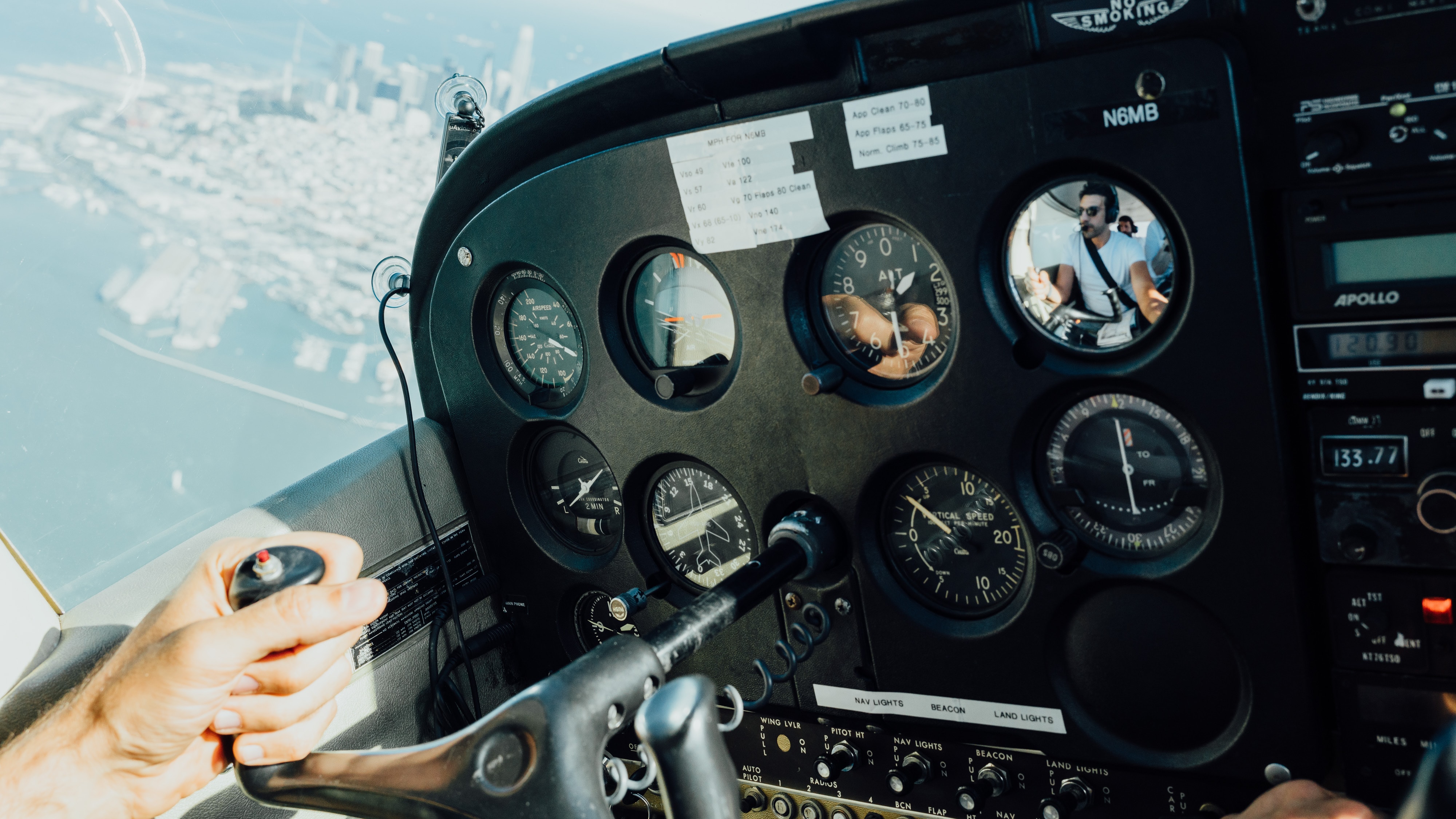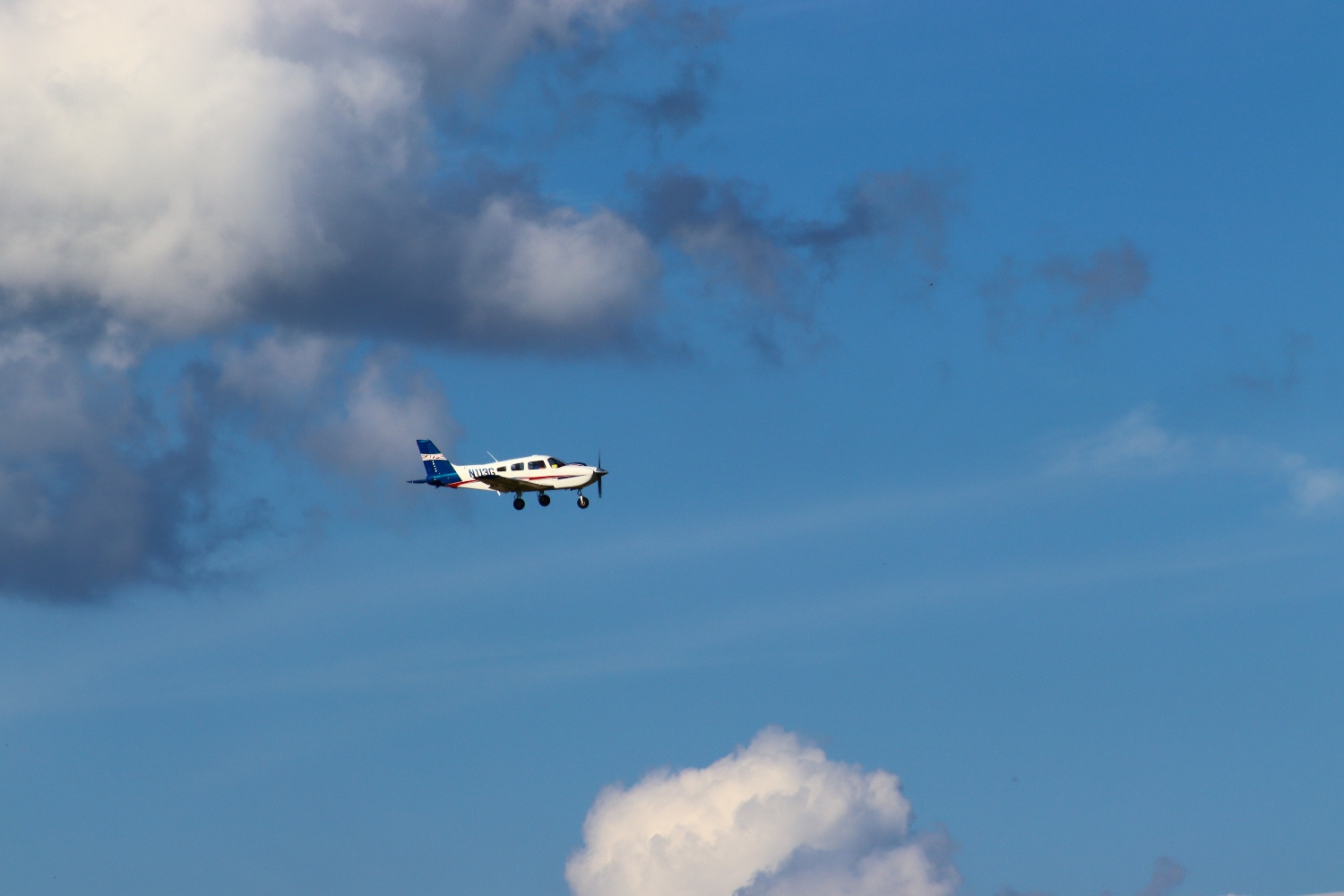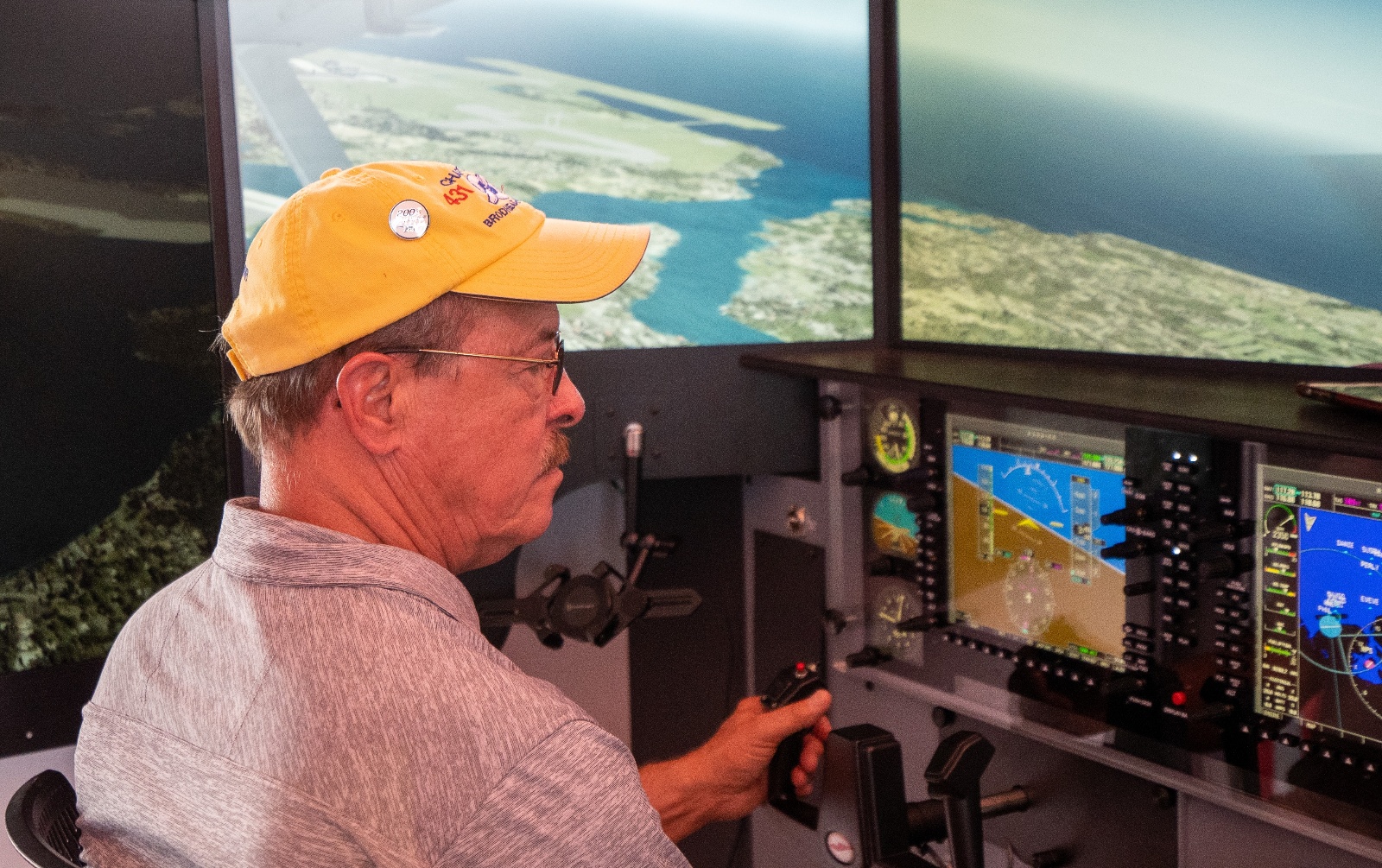10 Essential IFR Cross-country Flight Planning Tips
In this day and age of software apps that can do just about any flight planning you can imagine, we still need to think through certain aspects of a flight and plan for contingencies. This article for IFR students and instrument-rated pilots gives you a few of the essential ingredients to develop a logical cross-country flight plan.
1. Call an FSS Briefer.
Yes, you can do a weather briefing online, but you still should call a Flight Service Station (FSS) briefer to find out if anything has popped up that hasn’t been entered into the system yet. If four pilots reported severe turbulence along a route, but significant meteorological information (SIGMET) had not yet been entered, a briefer might know about it ahead of time and can inform you accordingly. You’ll be glad you made that call!
2. See if your destination requires an alternate.
Assuming the weather is doable, look at your destination and see if an alternate is required per FAR 91.169. Use the one-two-three rule.
- One hour before and one hour after
- 2,000’ ceiling
- Three statute miles visibility
If the visibility and ceilings are below either of these values, your alternate must have a 600’ ceiling and two statute miles visibility for a precision approach and an 800’ ceiling and two statute miles for a non-precision approach (unless it has what you could call published alternate alternative minimums). If there’s no approach for your alternate, you’ll need VFR conditions to allow you to descend from the minimum en-route altitude (MEA).
Related Content: The Top IFR Mistakes: Choosing an Alternate After Entering Bad Weather
3. Familiarize yourself with three crucial approach characteristics.
For either airport, you want to know these three facts about planning your approach.
- Longest runway
- Brightest lights
- Lowest minimums
This optimum combination gives you the best chance of getting in and making your landing.
Calculate your required landing distance per FAR 91.103, review Chapter 2 in the AIM to make sure you are up on all the different types of lighting systems, and make sure you know the GPS or ILS/localizer/VOR approaches for which your airplane has the proper avionics.
A GPS without WAAS limits your lowest approach option, and of course, you want to be sure you have a current GPS database. You’ll also want to review the terminal instrument procedures (TERPS) to see what the visibility minimums get raised to if a lighting component is out of service (as well as review all NOTAMs concerning your destination and alternate).
It's not a bad idea to call the Automated Surface Observing System (ASOS) or Automated Weather Observing System (AWOS) for non-towered airports to check if something inoperative has been noted but somehow didn’t make it into NOTAMs. Some ASOS/AWOS have a human pre-recorded note included in the automated “one-minute weather” that you hear.
4. For your route approach, determine if a STAR exists for the airport.
Remember that standard terminal arrival routes (STARS) can serve multiple airports (so read the fine print closely). Find the initial approach fix (IAF) that is most conducive to your approaching direction of flight. You may end up at a fix from which radar vectors will be issued, or you may end up at a NAVAID with a feeder route taking you to the IAF. In either case, always assume you will experience lost comms and be prepared to fly the approach accordingly.
5. Determine the highest MEA along the route.
With or without a STAR, work your way back to the Victor airway you were planning to use (all the way to your departure airport) to determine the highest MEA along the route. Keep freezing levels and aircraft service ceilings in mind.
Check all weather along your route to be sure no surprises are waiting for you, and you might want to give yourself a personal minimum of not accepting an altitude that will put you within 2,000 feet of the forecast freezing level if your aircraft does not have the appropriate anti- and de-icing equipment. G-NOTAMs on aviationweather.gov show excellent trend information regarding icing and freezing levels.
6. Check all the NOTAMs for NAVAID operation along your route.
Do this both for direct tracking and cross-radial identification. Also, note if any of the communication capabilities are inoperative because if they are, you will not be able to contact FSS until you get closer to a working NAVAID. You certainly will want to be able to get a weather update if it’s a questionable day (or night).
7. Determine if you have SIDs at your disposal at your departure airport.
Continuing backward toward your departure airport, determine if you have standard instrument departures (SIDs) at your disposal. Recall that SIDs and STARs are not required, but you must specify in your IFR flight plan if you don’t want to use them.
- Does your airplane have the avionics required to use either?
- Is the SID limited to turboprops and jets?
- RNAV only?
Those are the critical questions you need to answer.
8. Review your ODP options.
If there are no formal SIDs, review your obstacle departure procedure (ODP) options and ensure you know what visual climb over airport (VCOA) means. Also, you should review Diverse Vector Areas, and if your departing airport does have SIDs, make sure you know the operational differences between them and ODPs.
9. Know what options you have (and don't have) if you depart zero-zero.
Flying Part 91, legally, you can depart zero-zero (ceiling on the ground, no visibility). However, if you lose comms, you cannot return. If you have an inflight departure emergency, your safety options dwindle significantly. Expect this to happen to keep your mindset proactive.
10. Review all lost comm procedures.
Once again, assume you will experience this during some phase of your flight. The glass isn’t half empty or half full: It’s breakable. Plan accordingly to remain well ahead of problems.
AVEF and MEA are the mnemonics to use.
AVEF
- Assigned is your initial clearance with possible revisions.
- Vectored is the last directional instruction (heading) that ATC gave you.
- Expect is exactly that, maybe a turn in three miles, a contact instruction, a type of STAR or approach, etc.
- Filed is your clearance as you initially filed it, with no revisions.
MEA
For altitude:
- M means minimum en-route altitude (MEA). Yes, it's an identical acronym within a mnemonic.
- Expect is whatever higher or lower altitude you may encounter next.
- Assigned is the altitude ATC wants you to reach.
You want to fly the highest of the three for each route segment (NAVAID to NAVAID, NAVAID to fix, or fix to fix), and you should review all altitudes along your planned route prior to departure to be prepared.
If you follow these 10 essential guidelines for cross-country IFR flight planning, you will have the tools needed to customize your trip and reduce your dependence on the automated version cranked out by flight planning software. As the pilot in command, you are the final authority regarding all aspects of your flight, so make sure you stay familiar with the options at your disposal in case your software apps are not functioning as expected.
Lastly, do not forget to carry paper charts (en route and VFR sectionals), chart supplements, and approach plates as a backup. You don't need them until you do.
Share this
You May Also Like
These Related Articles

The Top IFR Mistakes: Choosing an Approach Too Late

The Top IFR Mistakes: Flying VFR With an Instrument Rating
